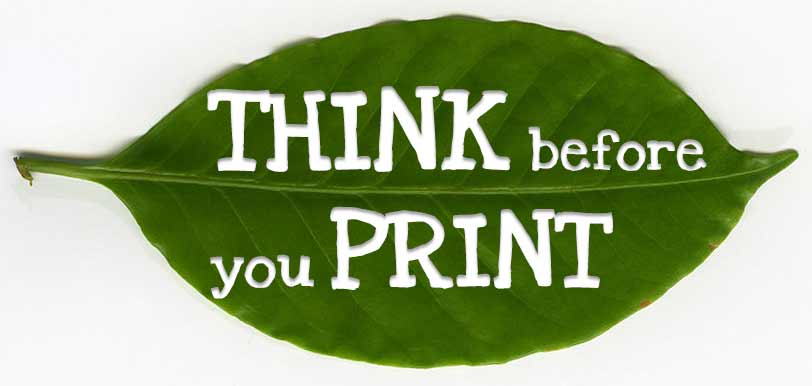Cryptography is the art of writing or solving codes. Cryptography comes from the greek work "kryptos" and "graphein" which mean hidden and writing. In it's early stages, cryptography would include changing writing by using different symbols in order to preserve content of the text as the message traveled from on place to another. In 1900 B.C, Egyptian scribes would use hieroglyphs in non fashioned ways to hide the meaning from those who didn't know the meaning. Greeks would write on tape wrapped around a stick. For receivers to decrypt the message, they would have to use a stick of the same diameter. Of course, a lot of these methods were broken when people found out how to decrypt the hidden message. Modern cryptography uses complex mathematics equations and keys to encrypt and decrypt data which are executes by computers or specialized hardware devices.
Cryptography is mainly connected to other areas of research in terms of security. For example, banking uses cryptography to protect users' account numbers and transaction amounts. Cryptography is also used in things like disk program. Files and applications are encrypted to avoid hackers from stealing valuable information on one's hard drive.
The positive part about cryptography is that helps the world become more secure. With more advanced methods of encrypting and decrypting, the general public can rely on more security in their private lives. This however does come with a cost, and that cost is, hackers will also try and use better and most sophisticated methods to break into systems. Although cartography has some negative implications, I still value the research, because there will always be people trying to hack into systems and if research on cryptography stops, then it will be very easy for thieves to steal other people's private information and the world won't be safe anymore.
Watch this video below to get a better understanding of how cryptography works.
T. M. (2009). A Brief History of Cryptography. Retrieved April 09, 2016, from http://www.studentpulse.com/articles/41/a-brief-history-of-cryptography
H. S. (2013, August 14). A Brief History of Cryptography. Retrieved April 09, 2016, from https://securityblog.redhat.com/2013/08/14/a-brief-history-of-cryptography/
S. S. (1997, Spring). Cryptography Defined/Brief History. Retrieved April 09, 2016, from http://www.laits.utexas.edu/~anorman/BUS.FOR/course.mat/SSim/history.html
S. S. (1997, Spring). Cryptography in Everyday Life. Retrieved April 09, 2016, from http://www.laits.utexas.edu/~anorman/BUS.FOR/course.mat/SSim/life.html










